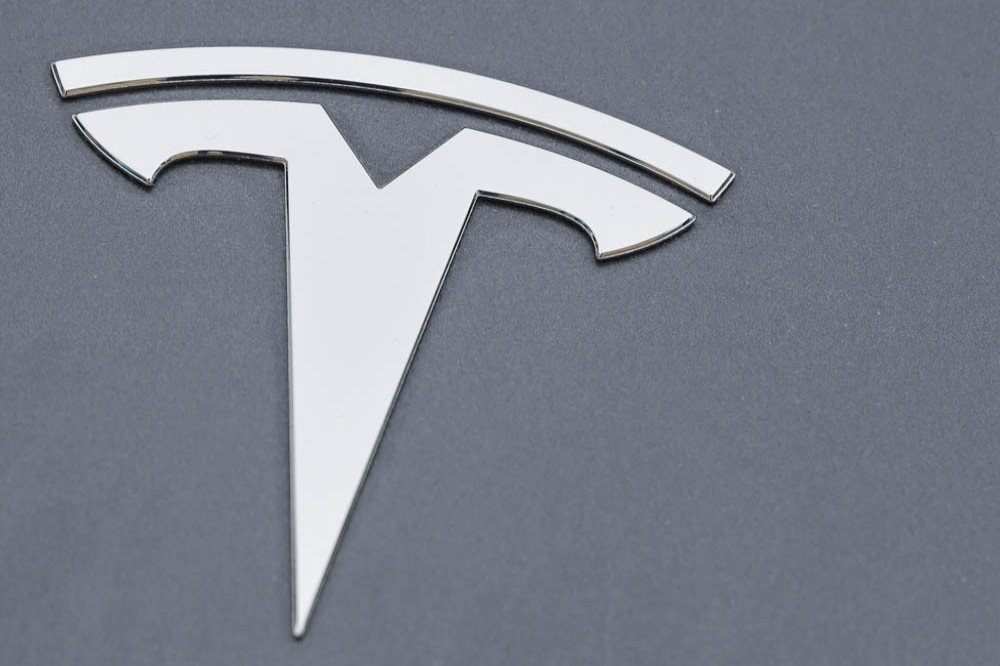Tesla's automated driver assist feature has introduced an assertive driving mode.

Tesla
The setting will enable the electric vehicle to follow other cars more closely, change lanes on a more frequent basis and performing rolling stops.
The new setting has split opinion as such driver behaviour from humans is discouraged but experts believe that it may be better for an automated system to be more assertive.
Tesla had introduced the three driving profiles - chill, average and assertive - in an update last October but they were soon pulled as a result of other issue but have now been reintegrated into the electric car.
A screenshoot of the update was posted on Twitter by technology writer David Zipper, who quipped: "I guess 'Road Rage Mode' didn't fit on the screen."
The addition of the assertive driving mode was first updated by website The Verge and is described as: "Your Model X will have a smaller follow distance, perform more frequent speed lane changes, will not exit passing lanes and may perform rolling stops."
Despite criticism in some quarters, Matthew Avery - from the UK's Thatcham Research - claims that well-designed driverless systems are theoretically safer.
He claims that a more assertive driving style could encourage people to join the driverless car revolution and therefore make roads safer.
He explained to BBC News: "If we want widespread adoption of automation, drivers are going to expect the vehicle to do and make the decisions that you would do as a human driver, not some very benign and very safe algorithm.
"So, a degree of being slightly less cautious, If that means more people use the systems more of the time because they feel that they're more human-like, that's a good thing."

